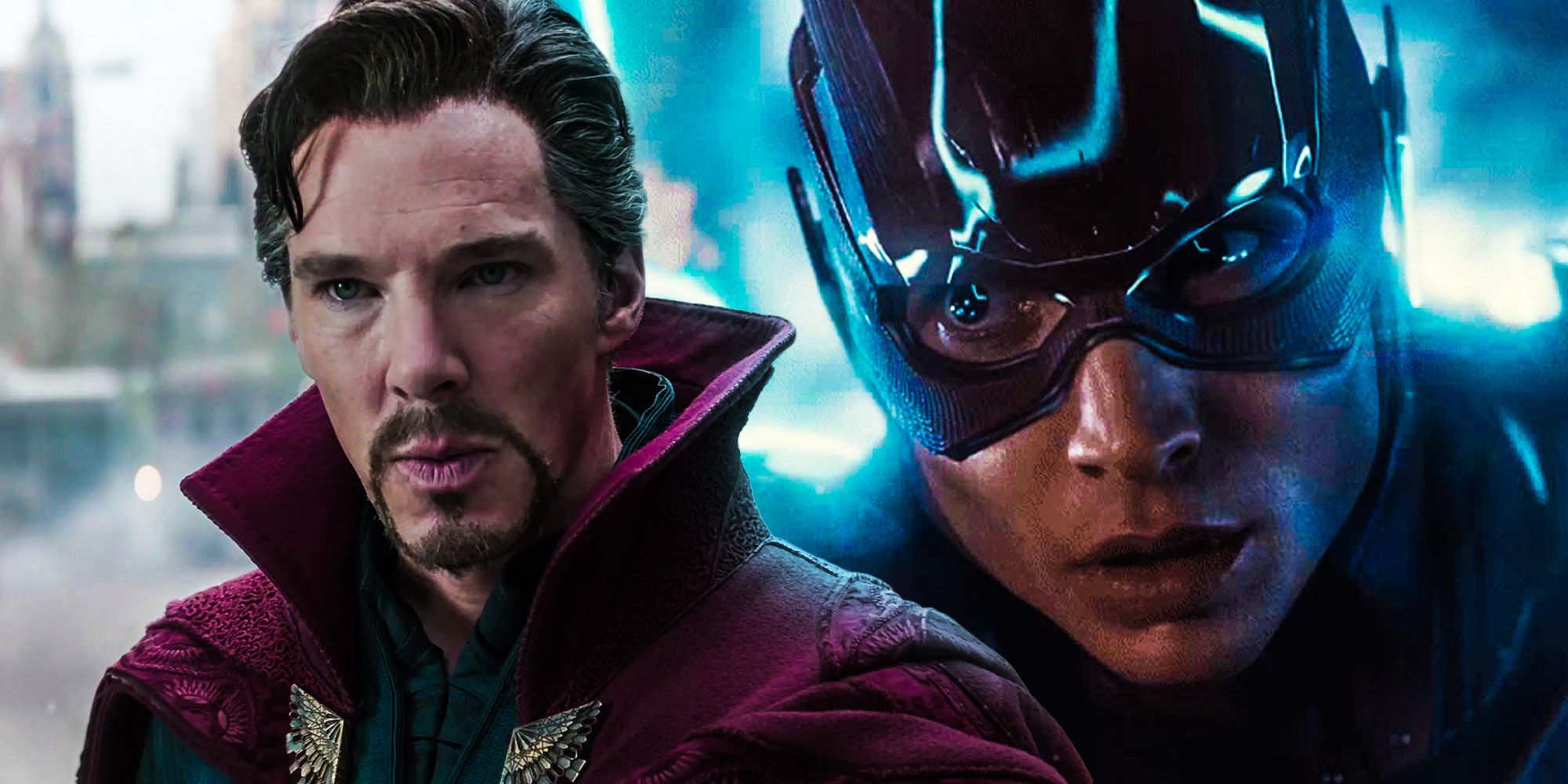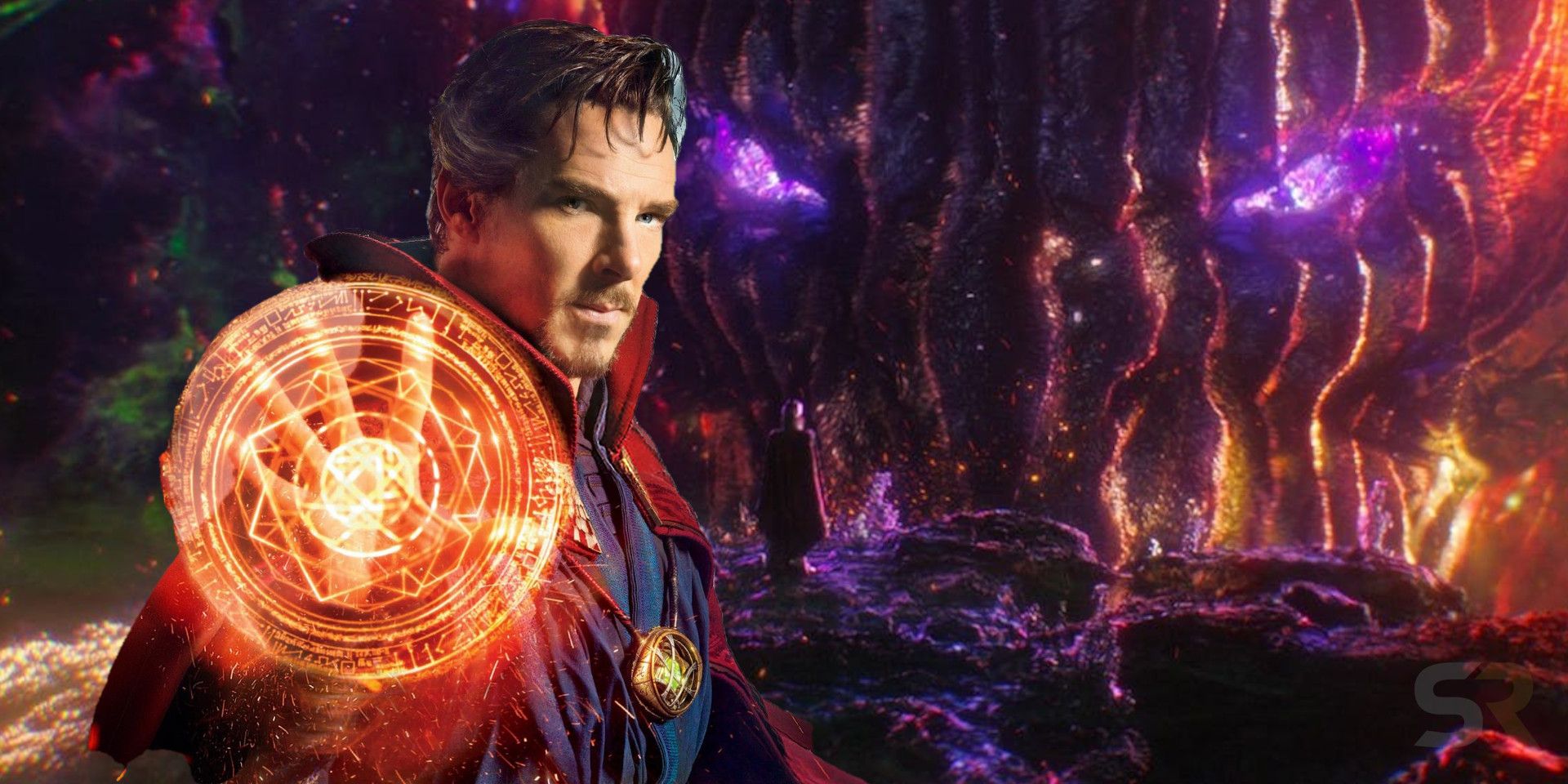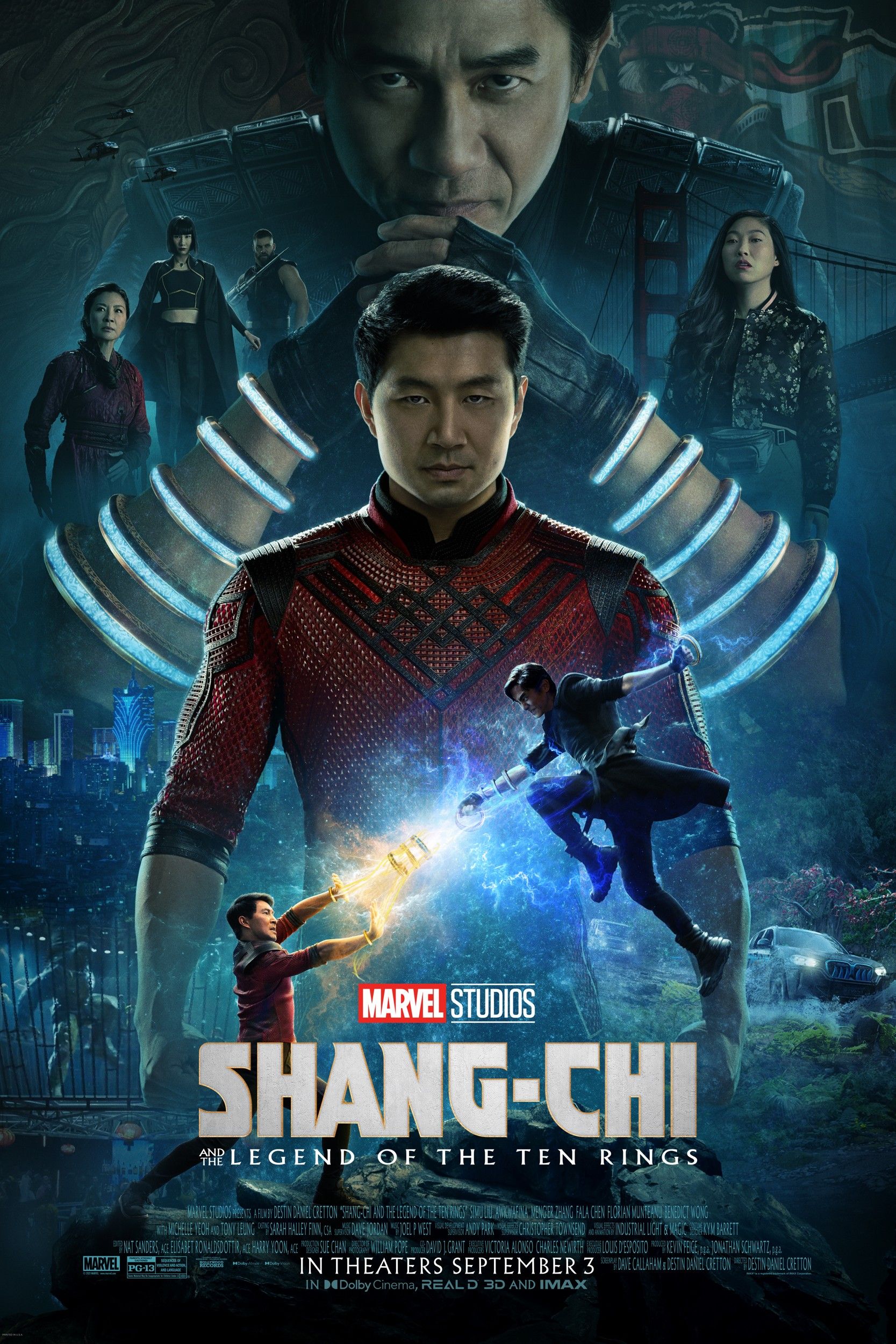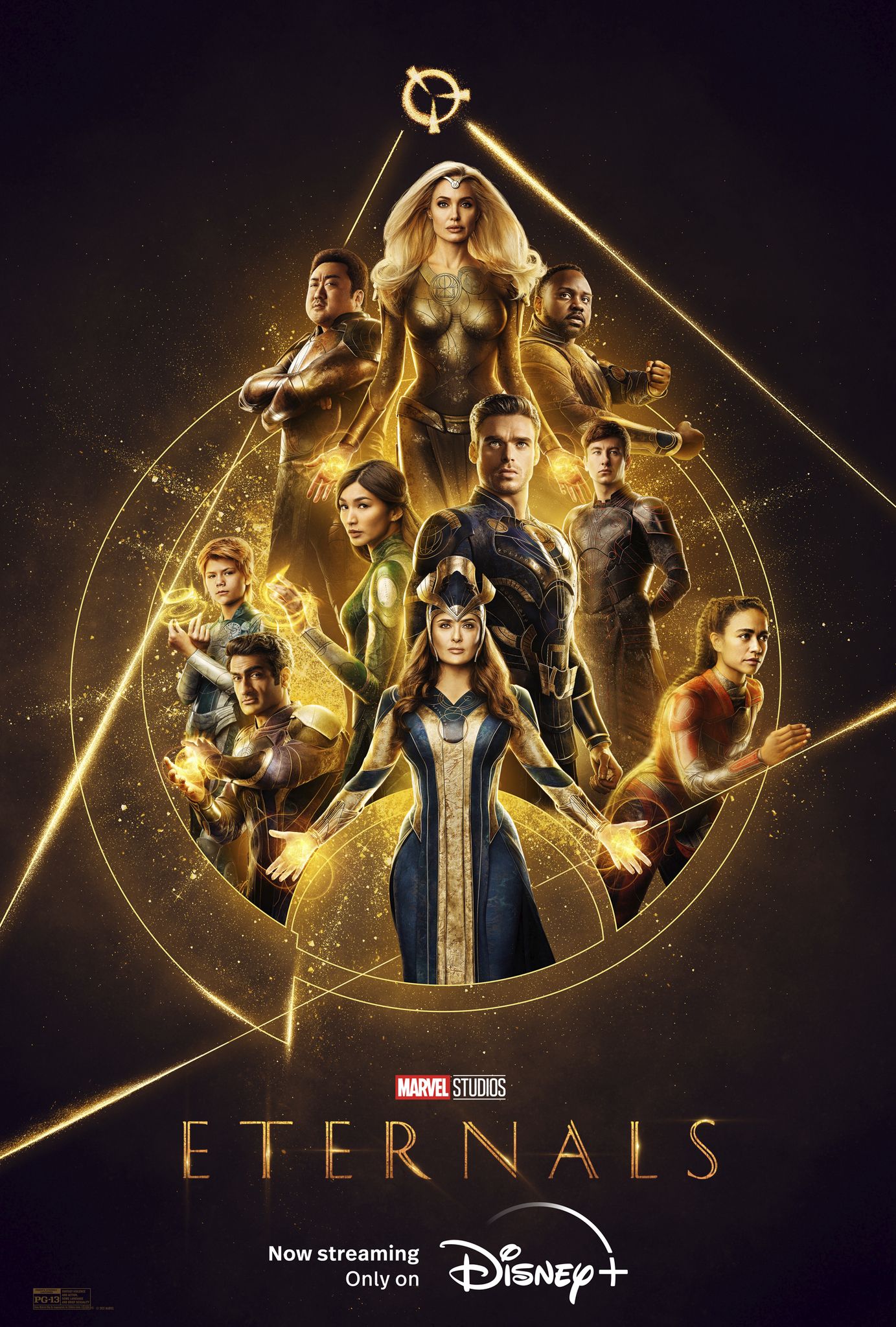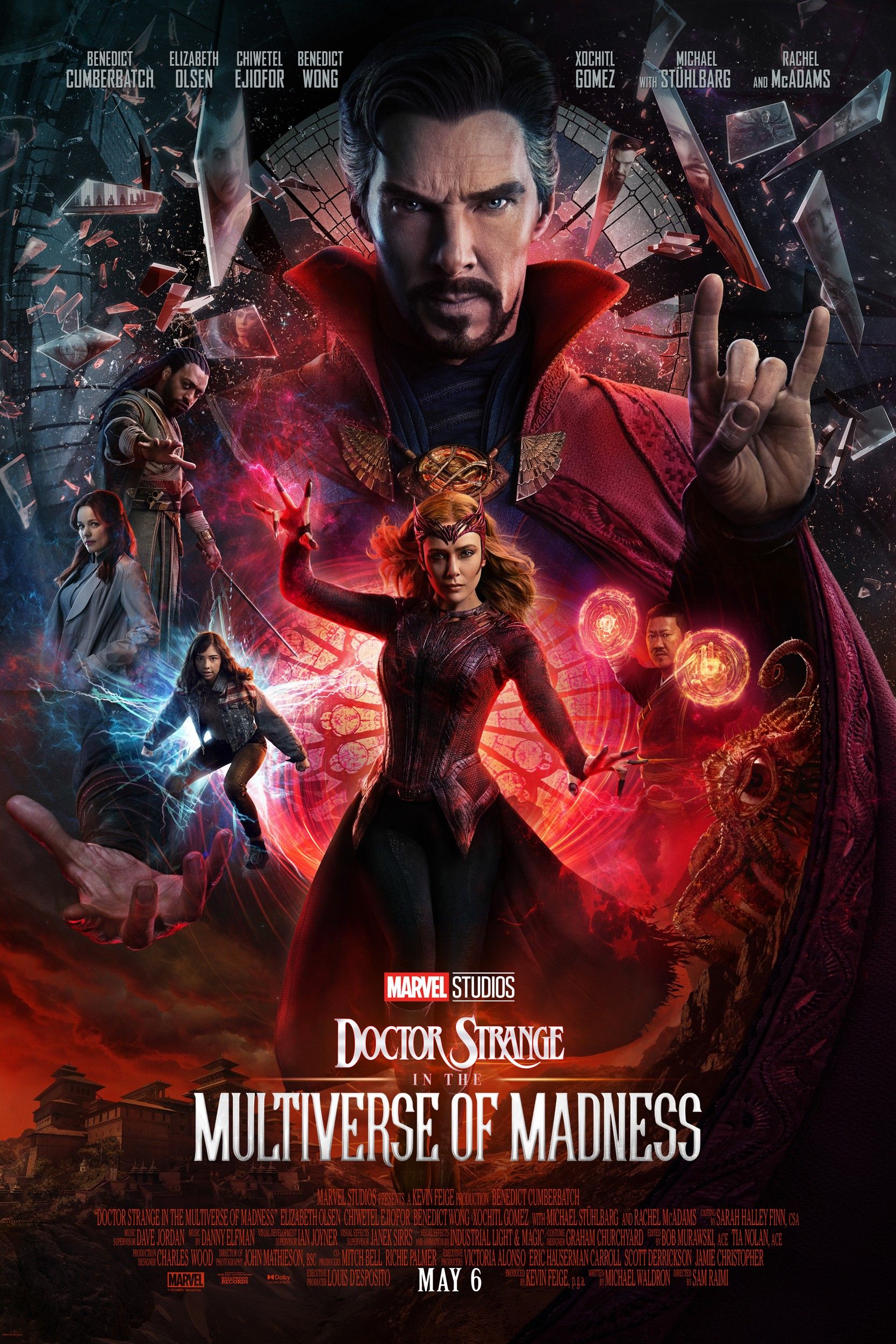Zack Snyder's Justice League ends with The Flash (Ezra Miller) using time travel to save the world, a solution the Marvel Cinematic Universe did first in Doctor Strange. The magical Marvel film starring Benedict Cumberbatch as the Sorcerer Supreme hit theaters in 2016. It would take another five years before Zack Snyder was able to fulfill his original vision for Justice League after he left the production for personal reasons, with Joss Whedon shepherding a different version of the DC team-up flick into movie theaters in 2017.
The superheroes' victory against Darkseid in the Snyder Cut hinged on the Flash breaking his "one rule" and tapping into the Speed Force to travel back in time. Despite the arrival of Superman (Henry Cavill) to overwhelm Steppenwolf (Ciaran Hinds) and tip the odds in the League's favor, Cyborg (Ray Fisher) was unable to prevent the three Mother Boxes from completing the Unity. The Mother Boxes began to terraform the Earth into Apokolips and it killed the Justice League - except Flash, who was racing outside Steppenwolf's fortress and had to break the time barrier in a last-ditch effort to save the world from destruction. The Flash's spectacular gambit worked and he reversed the Unity so that the Justice League were able to kill Steppenwolf and send his corpse back through a Boom Tube to Darkseid. Thanks to the Flash reversing time, the Justice League stopped Darkseid's ambitions to conquer Earth cold.
However, Doctor Strange's use of the Time Infinity Stone to defeat the other-dimensional evil called Dormammu was just as memorable and had the benefit of being seen by fans first. In Doctor Strange's conclusion, the Masters of the Mystic Arts were unable to stop Dormammu from breaching Earth after the Hong Kong Sanctum was destroyed and the Ancient One (Tilda Swinton) was killed. Doctor Strange decided to sacrifice himself by entering the Dark Dimension to stop Dormammu. Using the Time Stone, known in the movie as the Eye of Agamotto, Doctor Strange created a perpetual time loop to trap himself and Dormammu. Strange would continually "come to bargain" with the demon and be killed, but he was willing to die infinite times as long as it kept the Earth safe. Dormammu finally broke and agreed not to attack the Earth in exchange for being freed of the time loop.
While the circumstances of how time travel was used in Zack Snyder's Justice League and Doctor Strange are different, Marvel was still able to beat DC to the big screen with the "time travel to stop the villain" gimmick. Even if Zack Snyder was able to bring his version of Justice League to theaters in 2017, he still would have been a year behind Doctor Strange with what's essentially the same solution by the superheroes to his movie's ultimate crisis. Of course, the Avengers also used time travel to save the universe in 2019's Avengers: Endgame.
Marvel and DC sharing similar concepts is nothing new and it's simply the nature of comic books that the rival companies have common tropes. Marvel's Thanos (Josh Brolin) was created in the comics as essentially a copy of Darkseid, although the Mad Titan has evolved into a very different and distinctive character. Thanos also beat Darkseid to the big screen by years and he was the main villain in the last two Avengers movies long before Zack Snyder finally brought the Dark God of Apokolips to appear in Justice League.
In the case of superheroes using time travel to beat the bad guys in a movie, Marvel got there first - at least in the last decade. However, the true cinematic innovator of using time travel to right the wrongs of a villain was Superman: The Movie in 1978. That superhero classic ended with Superman (Christopher Reeve) flying around the world to reverse time so that he could undo the damage caused by a nuclear missile launched by Lex Luthor (Gene Hackman) and resurrect the dead Lois Lane (Margot Kidder). In the real world, Marvel would have to use time travel to beat Superman to the punch, with similar time tricks not appearing in Doctor Strange and Zack Snyder's Justice League until around 40 years later.

